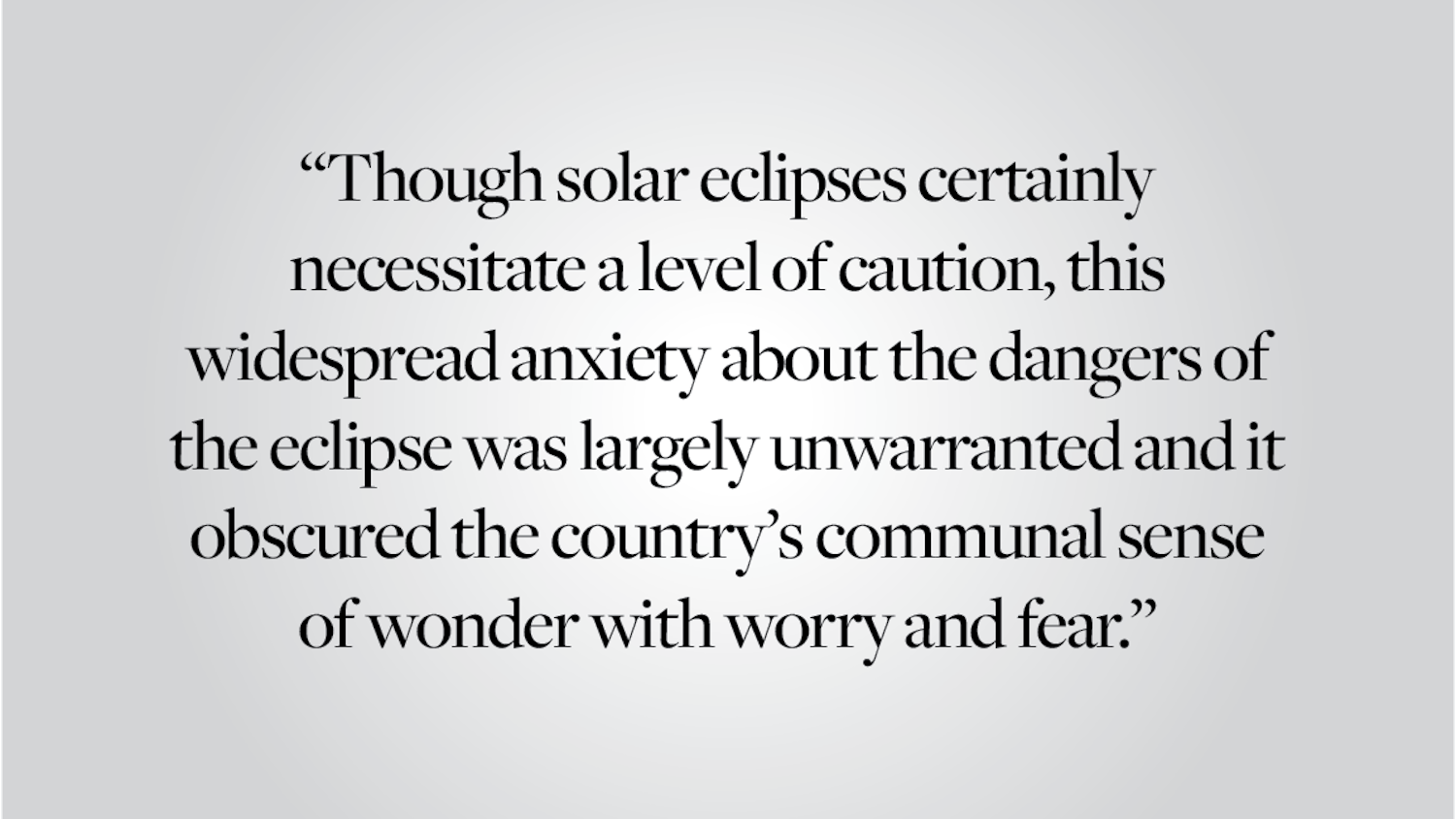Brown is a beautifully diverse campus, but there is a demographic that is underrepresented both here and at other elite institutions: students from rural backgrounds.
It’s rare to come across someone who isn’t from a suburb or major metropolis. Only 8 percent of the class of 2016 is from the Midwest, and most of them are from Chicago. The “West/Mountain” states statistic of 22 percent is misleading because it groups students from major coastal cities with those east of the mountains, where population and affluence dwindle. Our school, supposedly a bastion of diversity, has a serious dearth of students from rural areas.
If our university wants to live up to its diversity mantra, it needs to put more effort into recruiting the best and brightest from rural, less wealthy communities. Students from such backgrounds bring different, sorely needed perspectives on life in the inner landscapes of the United States.
Even under need-blind policies, a majority of high achievers in rural, low-income areas do not apply to any high-ranked colleges because there are still myriad factors besides cost that impede them from considering such schools.
Foremost, I know from experience that few students in rural communities are even aware of the possibility of attending a university such as Brown. For many, the idea is unfathomable. It simply isn’t done in many places. Even if some students do recognize the opportunity, the logistics of attending school so far away are often overwhelming. If parents are overworked and struggle to make ends meet, it’s unlikely that students will be able to rely on them for support or guidance in navigating the application process. High school counselors are a resource, but too many cannot devote enough time to assisting the outliers and are too quick to advise ambitious juniors to pursue more modest goals.
Caroline Hoxby, a Stanford University professor of economics, has attempted to address such problems by creating a customized packet for promising rural students that explicitly compares the cost of the student’s local education with those of elite colleges. The packet explains the application process in clear terms and elucidates all costs that the students would be exempt from and responsible for. After sending out such packets, prestigious schools began to receive more applications from the hinterlands. Brown could work to adopt its own unique policy of targeting rural America’s bright youth. Instead of the customary “think about applying” letter, Brown could borrow ideas from Hoxby’s research to present a more enticing case to these kids, while establishing basic relationships with rural schools that are routinely ignored.
I came from a rural community where the highest anyone aims is nearby public universities. While I know Brown actively recruits in Seattle suburbs, there was barely a whisper from the Ivy League on my side of the mountains. When I told people where I was applying, I got some raised eyebrows, but mostly I got: “Brown? Where on earth is that?” I was lucky. My family worked with me on the logistics of the application process, covered my fees and discussed my essays. I would never have applied without their encouragement, and I honestly don’t think I could have kept everything straight without their assistance.
Not everyone is so blessed. Extraordinary potential slips through the cracks each year that Brown fails to reach out to rural schools and their promising students. To expect a presence everywhere is unreasonable, but a presence in places besides wealthy suburbs and cities is essential.
If Brown has the resources to send recruiters overseas, it most definitely can afford to establish a relationship with more rural high schools. If actions aren’t taken to facilitate applications from students in these communities, Brown is in danger of overlooking major academic potential and invaluable social and economic perspectives. The failure of elite universities to create economically diverse student bodies is only widening the economic and ideological gulf between urban and rural populations. Uniting these very disparate groups of Americans is essential to our nation’s future, and Brown should put itself at the forefront of such efforts by ensuring rural communities are properly represented in enrollment.
Need-blind admission is a solid step toward opening up higher education to all economic classes, but it isn’t enough to attract the American rural poor. The fact that our university is strapped for cash compared to our Ivy League peers is no secret. No one can blame admission officers who focus on wealthy ZIP codes, legacies and prep schools. Still, the insights and perspectives offered by country kids are valuable to our university as well. Mountain towns, vast prairies and isolated valleys hold minds of huge untapped potential, waiting to be inspired. Brown just needs to seek them out.
Robyn Sundlee ’16 wants more hillbillies to hang out with. She can be contacted at robyn_sundlee@brown.edu.
ADVERTISEMENT




